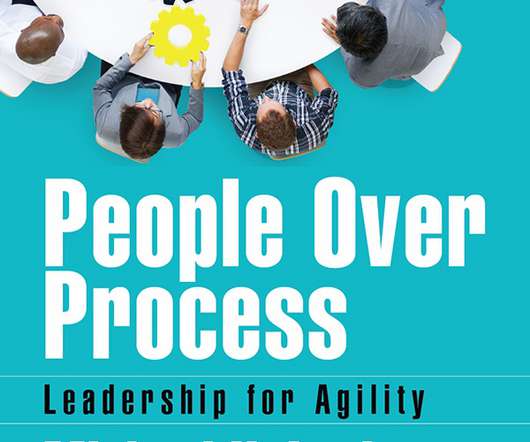What happens when business as usual is impossible?
Coaching Tip
NOVEMBER 26, 2012
World economic losses to disasters totaled an estimated $380 billion in 2011, and nearly every major company now sets up detailed continuity and mitigation plans for everything from terrorist incidents and nuclear attacks to pandemics like bird flu. They rely on just-in-time delivery.




















Let's personalize your content